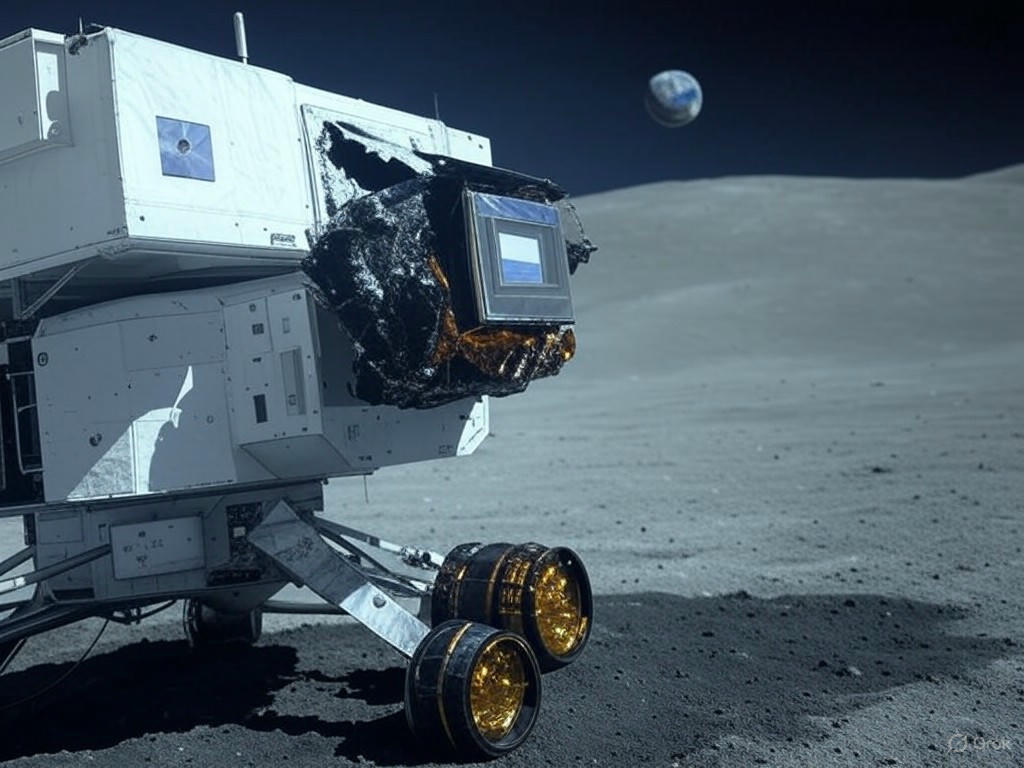Lunar Dreams Dashed: Japan’s Resilience Lander Crashes in Latest Moon Mission
The quest for lunar exploration faced another setback as Japan’s privately developed Resilience lander met a tragic end on the Moon’s rugged surface. Launched with high hopes, the mission aimed to mark a historic achievement for private space endeavors. Instead, it became the second consecutive failure for the team behind this ambitious project, raising questions about the challenges of lunar landings and the future of commercial space exploration.
The Resilience lander, a marvel of engineering, was not just a spacecraft but a vessel of dreams. It carried an array of innovative cargo, including a small rover designed to traverse the Moon’s terrain, a symbolic miniature Swedish cottage representing international collaboration, and several scientific instruments intended to gather critical data about the lunar environment. The mission was a bold step toward expanding humanity’s understanding of Earth’s closest neighbor, with the potential to pave the way for future resource exploration and even permanent lunar bases. However, the dream was cut short when the lander lost control during its descent, crashing into the Moon’s surface in a devastating impact. The exact cause of the failure remains under investigation, but early reports suggest issues with navigation or propulsion systems may have played a role.
This crash is a stark reminder of the immense difficulties involved in lunar missions. Landing on the Moon is no small feat; the lack of atmosphere means spacecraft must rely entirely on precise thruster control to slow down and touch down gently. Even minor miscalculations can result in catastrophic failure, as seen in this mission and its predecessor. For the Japanese team, this second unsuccessful attempt is undoubtedly a blow, both financially and emotionally. Yet, the spirit of innovation persists. Private space companies, unlike government-backed programs, often operate on tighter budgets and timelines, making each failure a significant hurdle. Still, these setbacks are part of the learning curve in a field as complex and uncharted as space exploration.
The broader implications of this crash extend beyond a single mission. As more private entities enter the space race, the need for advanced technology, rigorous testing, and perhaps even international cooperation becomes evident. The data lost with the Resilience lander could have contributed to scientific breakthroughs, and the symbolic items onboard highlighted the cultural significance of space as a shared human frontier. While the mission failed to achieve its objectives, it succeeded in capturing global attention and inspiring discussions about resilience in the face of adversity.
Looking ahead, the team behind the Resilience lander has vowed to analyze the crash data and return stronger. The lunar surface may be littered with the remnants of failed missions, but each attempt brings humanity closer to mastering the art of space travel. As private companies continue to push boundaries, the Moon remains a tantalizing goal—a stepping stone to the stars. With determination and innovation, the dream of lunar exploration will eventually become a reality, one mission at a time.


